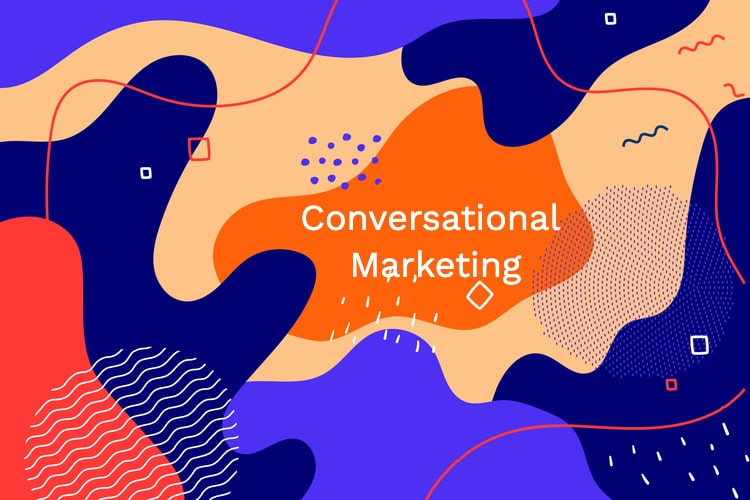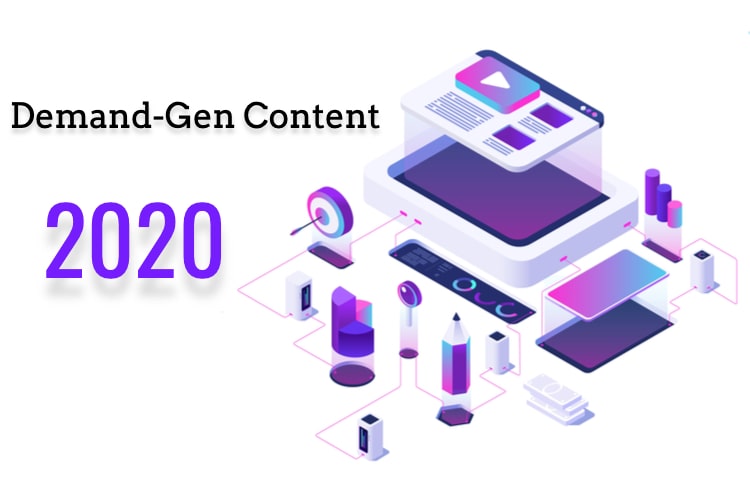What is Emotional Intelligence, and why should you even care?
Emotional intelligence, also known as EI or EQ, is the ability of the individual to regulate emotions in order to distinguish, identify, and control behavior impulses. Your Emotional Quotient (EQ) is similar to your Intelligence Quotient (IQ). While the IQ measures human intelligence, the EQ measures Emotional Intelligence.
Emotional Intelligence captures how well people prosper in social situations such as collaborative work teams, responding to client needs and creating enduring relationships.
Emotional intelligence has created a buzz in many industries. Suddenly it seems like everyone is interested in EQ, even more so than IQ. The reason to care about EQ is that those who demonstrate superior skills in this area are top performers in their fields, and they earn more than their peers with lower emotional intelligence.
So what, you say. I gotta be me, and no one can tell me what to do. That may be true, but your emotional response says a lot about how well you play with others and what type of possible successes you may have to look forward to.
The same is true for consumers. Their emotional intelligence is also an indicator of how they respond to various stimuli, including your content copy.
Businesses today spend a good deal of time helping employees understand their emotional intelligence, and they cultivate emotional intelligence in their employees through extensive training. People who know how to take care of themselves emotionally and respond appropriately to the emotional cues from others are less likely to boil over when stress happens.
In training their employees to develop and hone their emotional intelligence, businesses have discovered that these employees have a better overall outlook, not just in the day to day dealings of the job, but also outside of work. That’s because they have learned to do the following:
Avoid endless “what if” scenarios
Look for the positive in every situation
Learn how to disconnect when necessary, and
Appreciate what they do have
Consumers with these skills require unique content marketing strategies that understand not only intellect but also emotional intelligence.
Adept copywriters understand emotional intelligence and how readers have become smart and rationale consumers, and they use emotional intelligence to engage the reader and make him or her a follower, knowing that eventually, the reader may also become a consumer.
In addition, understanding and developing your own emotional intelligence will help you become a better copywriter.
Good Emotional Control Equals Less Impulse, Better Judgment
It’s easy to get caught up in the emotion of things, and those with less emotional intelligence are less able to control their impulsive behavior.
Here’s how a consumer with less emotional intelligence might sound in a self-dialogue:
After all, Christmas will be here in just a few months, and the only way to prove I love Christmas is to put up a splendid tree. Of course, I should have bought the tree when it was on sale last January, and now I’ll have to pay full price and then some, but it will be Christmas, so to prove how great my Christmas spirit is, I’ll whip myself into a festive frenzy of pine needles and gaudy decorations, maxing out my credit card with a zeal that hasn’t been seen since the Wise Men left the Holy Land.
The consumer who doesn’t immerse himself or herself in raw emotion is less likely to spend money on impulse purchases and more likely to purchase rationally, if at all. The internal dialogue may look more like this:
Sure, I should have bought my new Christmas tree when it was on sale, but I didn’t. So now I have to decide how much to spend this year. If what I have won’t provide a new Christmas and all the trimmings, then I’ll purchase the tree this year and the newer decorations next year. And because I’m going to plan with a zeal that hasn’t been seen since the Wise Men left the Holy Land, I’ll store some links on Pinterest so I can check the January sales and prepare for next year.
The difference in the two internal conversations is emotional control, and because you as the writer respect that, you’re going to be there (figuratively) for the consumer. To do that, you have to get into the head of the consumer and understand what it is that drives him or her.
Ultimately, your copy has to meet the emotional needs of the reader not only now, but in the future.
One of the easiest ways to do this is to embed links for the consumer to save for later, but you also have to become the voice of expertise to which the consumer will return.
Good Judgment Equals Savvy Consumers
Anyone capable of making a rational judgment is a savvy consumer. This consumer will read what you have to say, discern your truthfulness, and make a final decision based on the result of analyzing a variety of cues. You can bet that this consumer will not be caught up in the moment.
These consumers will trust but verify. They also are able to spot BS from far away. That means you have to know your content. It’s far too easy for the consumer to check other sources for facts and even for legitimacy.
How many times have you seen consumers doing a price check and comparision in the stores before making a purchase? They do it online, too. Any data can be verified, so do your homework up front and provide truthful content.
The content you write about might not always be positive information. That’s okay. Your reader doesn’t expect to see through your rose-colored lenses, but they do expect the truth from you. Honest facts go a long way. By including them, you are not only providing relevant information, but you are also branding yourself as a trusty expert.
Likewise, limit exaggerated statements (best, easiest, unbelievably awesome) that are based on opinion alone. Instead, become an honest voice for your product.
Emotional intelligence today requires that you stop super-selling and instead clearly delineate in your content strategy when you are promoting a product and when you are educating/entertaining.
Savvy Consumers Want to Meet You at a Higher Level of Understanding
Your readers work hard. Of course, they would be better read or their lawns would be more manicured if they only had the time. They don’t want your judgment; they want your understanding, and they want a solution.
Talk down to your reader, and suddenly it will become very lonely in Internet-land. Your readers want to feel special, and they want validation. They also want to spend their time wisely, so they carefully select what they will spend time reading.
Perceptive consumers want you to treat them at least as an equal; employing emotional intelligence means treating them as smart individuals who matter.
Your well-written content should solve a problem, not be the problem.
Once you’re willing to meet the consumers where they are, without passing judgment or talking down to them, they are likely to stay on your page because your writing responds to a need.
Respecting your reader at least as an equal will improve the likelihood that your content will be read.
The Emotional Quotient Creates Empathy
The only way to meet the reader where he is to understand his needs and desires. That means the copy you write must speak to the pure bliss of hot stone massage therapy or the thrill of piloting a plane.
Maybe you’ve never understood what the big deal is about hot stones or massage therapy, and you’re deathly afraid of heights? It’s still your job to empathize with the consumer and deliver to his or her expectations.
Your research, experience, and imagination will allow you to use emotional intelligence and empathy to walk in your customers’ shoes. These strategies will add to your toolkit:
Go beyond the data to find the person.
While it may be of interest to know that hot stone massage dates back 5,000 years, the reader may only want to know the benefits of this therapy.
Be the mirror – reflect what the consumer values.
Get to know what is important to consumers as well as what piques their curiosity
Anticipate needs rather than construct a demographic.
Provide further information for continued reading; doing so does not drive traffic away from your site. In fact, your willingness to share what’s available gives you status as an expert because you’ve already done the research for your reader.
Consistently commit to these three strategies, and you will build a solid content marketing following.
That’s exactly what Coca-Cola did, showing that they excelled at content marketing and strategy. Coca-Cola used emotional intelligence to show how relationships were much more important than a carbonated beverage. The company also tapped into consumers’ values and validated just how important those values are to Coca-Cola as well. In doing so, Coca-Cola became a widely popular beverage worldwide.
Southwest Airlines also applied emotional intelligence strategies in their content marketing approach. The airline knew that in general, many consumers did not enjoy flying, and so they targeted two pain points — high expenses and fear of flying — and attempted to solve them.
Looking beyond creating sales for the sake of sales alone, Southwest Airlines sought a following by creating not only cheaper fares but also an aura of fun, and these are still present today in their advertising and employee commitment to clients.
Good content marketing strategy relies on emotional intelligence, which, in turn, creates empathy.
Empathy helps to establish enduring relationships, and these relationships are what converts copy.
Meta Cognition Makes The World Go ‘Round
Meta-cognition is simply “knowing about knowing.” Thinking about thinking can get really confusing, or it can get everyone thinking. Once you start pondering how other people think, it opens your own thought processes, which in turn opens theirs.
Consumers know its advertising. They get that. Knowing that they know that means writers can move on from unsophisticated sales tactics and instead create quality content that not only shows how a product can solve a solution, but they can also educate and entertain.
One of our favorite non-commercials was able to poke fun at gratuitous sales tactics that make consumers groan, all while using humor to teach how consumers really respond to marketing techniques. The Heineken Newcastle Brown Ale “If We Made It” non-commercial was an excellent example of applying meta-cognition techniques combined with weakened emotional intelligence in digital marketing.
Maintaining strong emotional intelligence allows copywriters to connect better in social situations, including in an online presence. Some ways to demonstrate strong emotional intelligence in any content marketing strategy include:
- Show respect in your writing by never putting down any group
- Respond promptly, kindly and respectfully in social media
- Be a person, not an entity; people trust an individual more than they trust a corporation
- Look for indications that consumers are seeking a solution
- Be personable; show your personality and voice
Above all, aim for understanding. You’ll create content that converts because it inspires.
I know that you know what I mean.
Master the Tangible and Especially the Intangible
It’s not what you say but how you say it that matters. How you say it may be a matter of emotional intelligence.
To master the tangible as well as the intangible of emotional intelligence in your copywriting, you will have to include a variety of techniques in your content writing. Here are a few:
- Pay attention to the words. Some convey specific feelings that may conflict with or support product branding.
- Give credit where it’s due. Showcase others in the field.
- Show real examples. Case studies make great examples and provide relevancy.
- Deliver with consistency. People will come to expect quality from you.
- Differentiate yourself from others. People are drawn to the unique.
People read cues constantly, looking not just for denotation but connotation. They trust more when they can rely on multiple senses from multiple sources, all of which you can provide in your copy. There is no one thing that drives great content; it’s a combination of everything.
Mastering the intangible in content writing is also about looking at your content creation as an asset. This asset can be valued by conducting content audits that analyze various aspects of the writing such as date created, date published and the number of shares as well as versions and editions. Ultimately, intangible content can be measured by return on investment.
There is a considerable amount of noise on the Internet, and the consumer can always choose to disconnect. The reader can always go to another page or another site. The reader can also disconnect and walk away from digital media altogether unless he or she trusts you.
It’s up to the content writer to ensure that every necessary component of a good copy is in place in order to create trust.
Trust is a powerful intangible and that can be converted to a tangible content marketing strategy. Trust evolves as a result of emotional intelligence, and it’s not always easy to ensure. Build trust by:
- building and using good emotional control,
- validating good judgment,
- respecting consumers,
- developing empathy,
- recognizing the game for what it is, and
- building skills based on emotional intelligence.
Use emotional intelligence wisely in your content writing strategy, and you will do far more than deliver great content.
You will establish trust and create followers!









